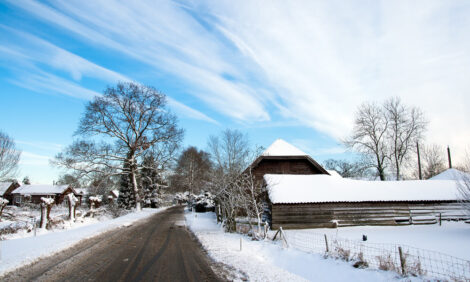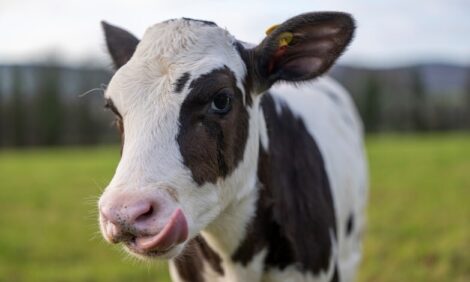



How to match cattle needs to feed resources
Cool crisp mornings and school activities filling the calendar are two signs that fall is on the horizon.Just as families make plans, cattle producers need to be looking into their fall grazing options, according to the team of experts at Kansas State University’s Beef Cattle Institute.
“Producers need to be thinking now about planning for fall grazing whether that is stockpiling pasture or planting perineal grasses to minimize the use of stored forages such as hay,” said K-State veterinarian Brad White.
White was among a group of experts who recently discussed fall grazing on CattleChat, a weekly podcast produced by the BCI.
Phillip Lancaster, a research assistant professor and beef cattle nutritionist for BCI, said that stockpiling is removing cattle from a pasture to allow late season forage growth to accumulate for grazing in the late fall and winter after the plant enters dormancy. K-State veterinarian Bob Larson added this can be done with or without adding fertilizer to the pasture.
“If producers use stockpiling as a management strategy it is important to know if that forage is a good option because not all forages will work well,” White said.
Larson added: “Effective stockpiling means that cattle are removed from the pastures at the right time to allow for good regrowth and not just putting them out on old, nasty, tall dormant forage. For example, cool season grasses such a fescue work well for this.”
As with any management strategy, it is important to assess the costs, said K-State agricultural economist Dustin Pendell.
“Think about the costs tied into feeding the harvested forages in the winter, not to mention the amount of time it takes to feed the cattle, and weigh that against the investment of letting the cattle graze late into the season,” Pendell said. “If you add on fertilizer, that is another expense to include in your calculations.”
Larson said that the dollars per calorie of feed may be similar but the labor of feeding stored forages versus letting the cattle graze is much different.
“Producers need to look at all the costs, not just the cost of the calories but also the cost of getting those calories into the cows,” Larson said.
Lancaster pointed out that stockpiling can happen with both a perennial forage as well as on a planted winter annual.
“Producers need to consider the nutritional requirements of the animal consuming this forage,” Lancaster said. “For example, if I am going to put spring calving cows in late gestation on a field, then a winter annual may not be the most cost effective. But if there are calves that are going to be weaned in the next month and backgrounded on my pastures, the winter annual may provide some high-quality forage and add weight to the calves.”
Backgrounding allows the calves to graze pastures until they are ready to enter the feed yards.
Options for overseeding annuals could include winter wheat, ryegrass or fall oats, Lancaster said.
“The benefit of overseeding with those types of plants is that cattle will get a small benefit from fall grazing,” White said. This strategy will also provide some early spring grazing opportunities for cows that ahead of rebreeding.
Lancaster said with this management plan, rebreeding rates often increase because it keeps the cows in good body condition.
The group agreed that the best strategies to follow will always be the ones built around the nutritional needs of the animal.
Here are their top five considerations for fall grazing plans:
- Be open to trying new things and be sure to talk to others who’ve tried it.
- Consider grazing on cover crops or winter annuals.
- Remove cattle from forages if you plan to stockpile cattle on them in the fall.
- Determine the appropriate amounts and optimum timing for fertilizer applications.
- Develop a strategy to minimize storage forage to maximize the grazing days.


